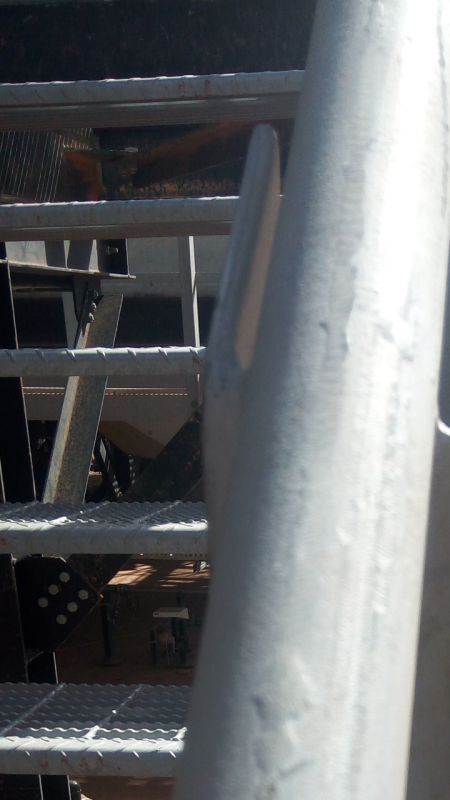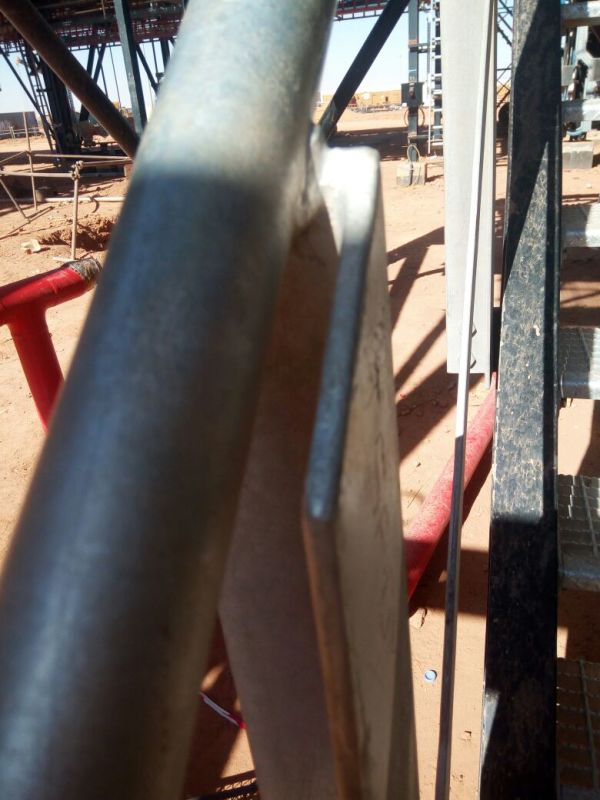jasem81
Structural
- Aug 4, 2013
- 27
What are the best solutions to solve the issue of sharp edge shown in the below photos
We have huge quantity and client didnt accept the current status

We have huge quantity and client didnt accept the current status


